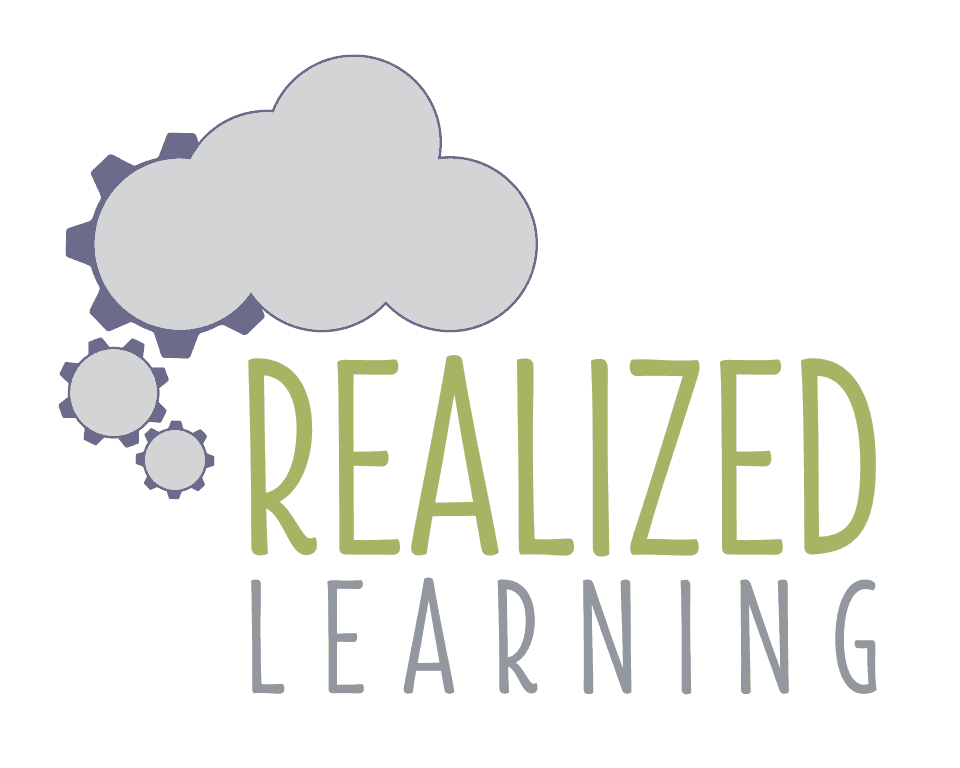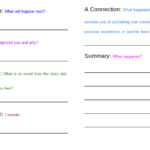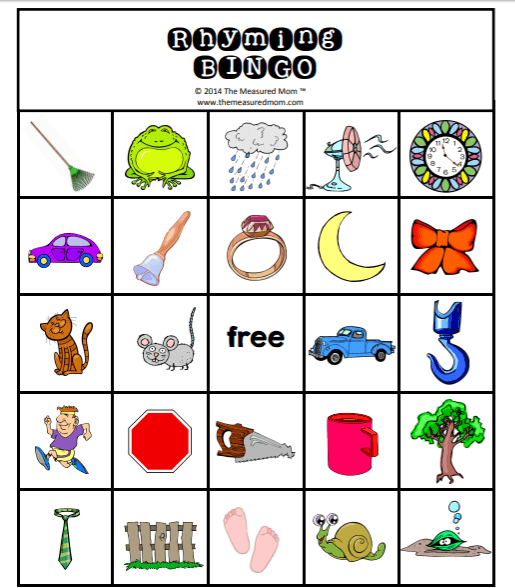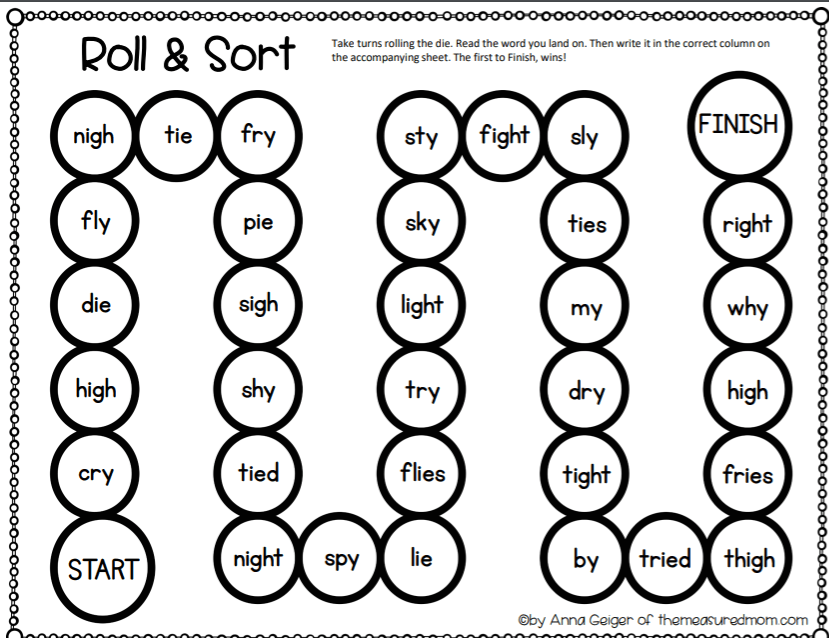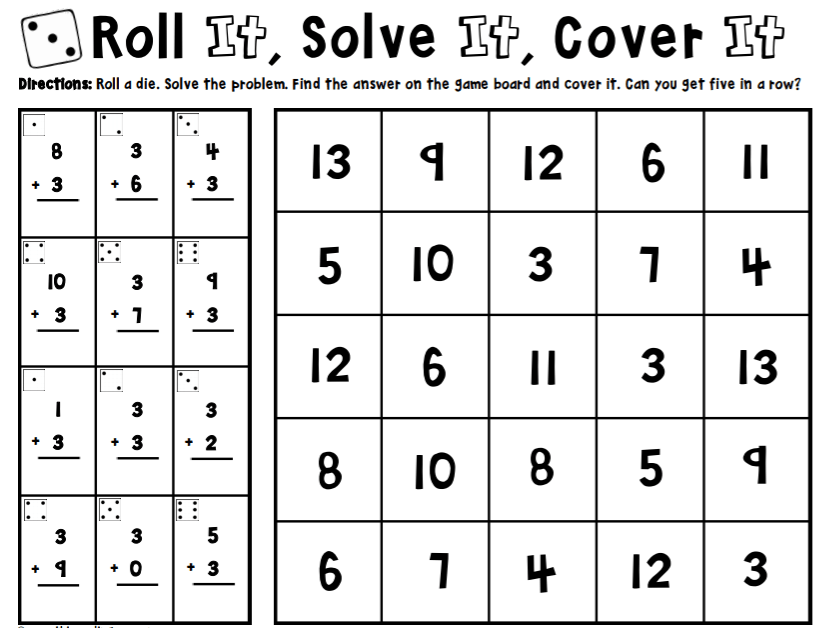Making the Most of Summer
At the end of every school year, I always have an influx of new students as parents are looking for summer tutoring. Some of these children come to their first tutoring session reluctantly. Their parents have signed them up for extra academic support because the closing school year has been especially challenging. These are often students who have fallen behind and struggle with learning. The last thing they want when school gets out for the summer is more education. Teaching these students is some of the most rewarding work I get to do.
Being in a school atmosphere creates a unique set of challenges for any child. Not only are children expected to sit still for extended periods of time, but they are also expected to stay focused during that time. They have to keep up with the pace that has been predetermined. They may leave the classroom to receive extra help, but often feel like they’ve missed something when they come back from pull-out time. There’s also the competitive nature of school. How am I doing compared to my friends? Am I keeping up? This math seems really hard. Am I the only one who doesn’t get this? On top of all of this, there’s the added distraction of the social aspect of school. It’s no surprise that some students come to me at the beginning of the summer with a somewhat sour attitude. Their experiences with education probably have not been overly fulfilling and successful. Many of them are lacking foundation skills and need to go back to basics.
The reason I love doing this kind of remedial skill work is because it’s an opportunity to show these children that they can be successful. It’s also a time and space that allows them to think and question without the fear of being compared, stigmatized, or embarrassed. One on one work always yields faster and better results than whole group work. When these students start to recognize their own progress and understanding, they are ecstatic! Getting something right feels good. For a child who has struggled through school, this can be a major confidence boost. It often changes their attitudes about learning. Students finish the summer feeling prepared for the upcoming school year, instead of feeling a sense of dread.
Some parents may be reluctant to sign up for summer tutoring because they want their child to have a break. Unfortunately, learning regression is a real problem for average and below-average achieving students. In my blog post about summer learning regression, there are some startling statistics about the growing gap between high achieving students, and average and below average students. Even 15-20 minutes of daily practice over the summer can help your child maintain their skills. One to two hours of tutoring a week can help them gain new skills and progress. If you’re considering summer tutoring for your child, I encourage you to set up a phone call with me. I am happy to answer any questions you have and I work with each student to create a customized plan that will help them reach their learning goals.
